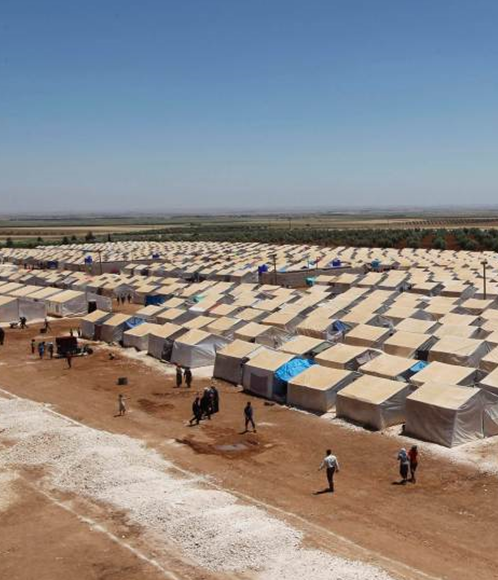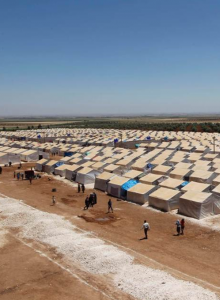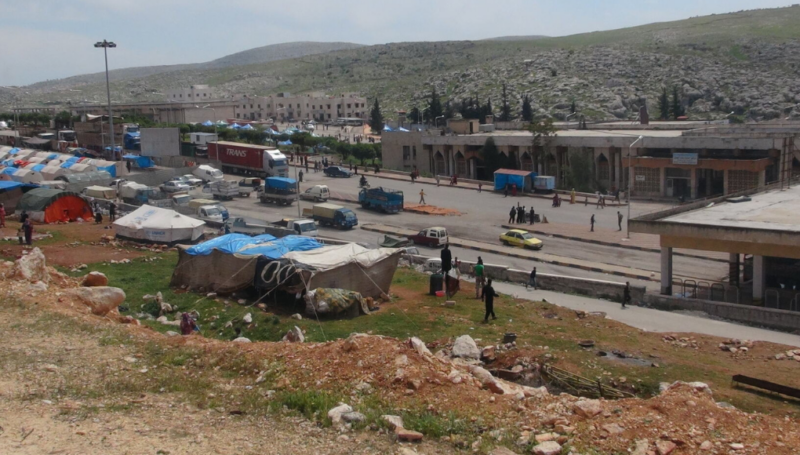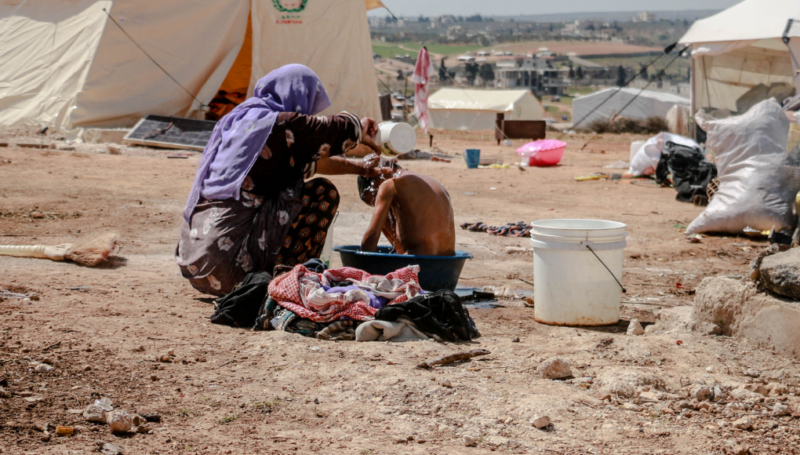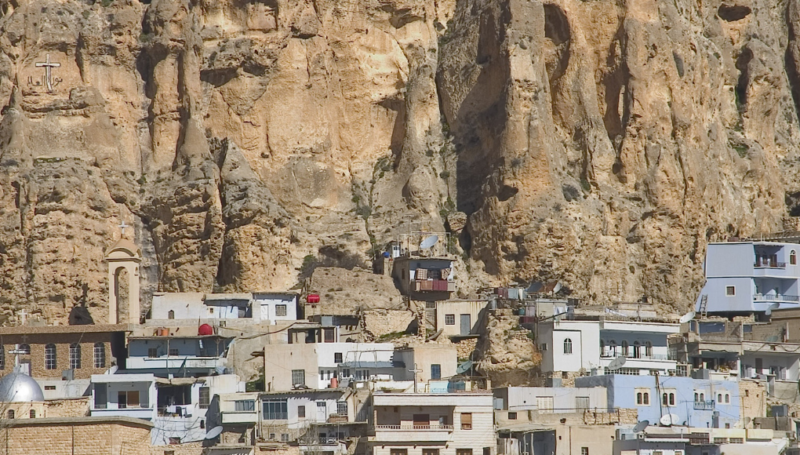Turkey: REACH presented new analysis to the Camp Coordination and Camp Management (CCCM) Cluster last week, which provides crucial information about sites for internally displaced persons (IDPs) in northern Syria.
The preliminary findings are part of a wider project to map camps and informal settlement sites, estimated to house some 50,000 displaced people in Aleppo Governorate alone, who have fled their homes due to ongoing conflict[1]. As these sites are inaccessible to many humanitarian actors, remote analysis using satellite imagery and Geographic Information Systems (GIS) plays a particularly important role in understanding conditions within the camps and monitoring their development.
Using 632 square kilometres of satellite imagery, containing sites identified by the UN Operational Satellite Programme (UNOSAT), REACH is providing technical support to classify and define the boundaries of settlements for displaced families, beginning in the district of Azaz Suran, Aleppo Governorate. The exercise will initially enable more accurate calculation of population estimates and site density. Further geospatial analysis will determine whether basic services are available to camp residents within minimum emergency standards.
In Bab Al Nour Camp, (image: Reuters), the first of the camps mapped, preliminary estimates show that each person has only 2 square metres (sq m) of covered space, and that the overall camp area per person is 10.81 sq m. While these results have not yet been finalised, both are significantly lower than minimum humanitarian standards[2]. Basic information such as this helps humanitarian actors to identify the most vulnerable sites and plan emergency assistance to meet the needs of the thousands of displaced people inside Syria.
This initiative is being supported by the Office of US Foreign Disaster Assistance (OFDA) in the region. The REACH Resource Centre contains maps, reports and many other resources relating to the humanitarian response to the Syria crisis.
[1] Syria Multi-Sector Needs Assessment, November 2014
[2] Minimum SPHERE Standards state that camps should allow 3.5 sq m covered floor area per person, and 45 sq m open area per person, when services are provided.





